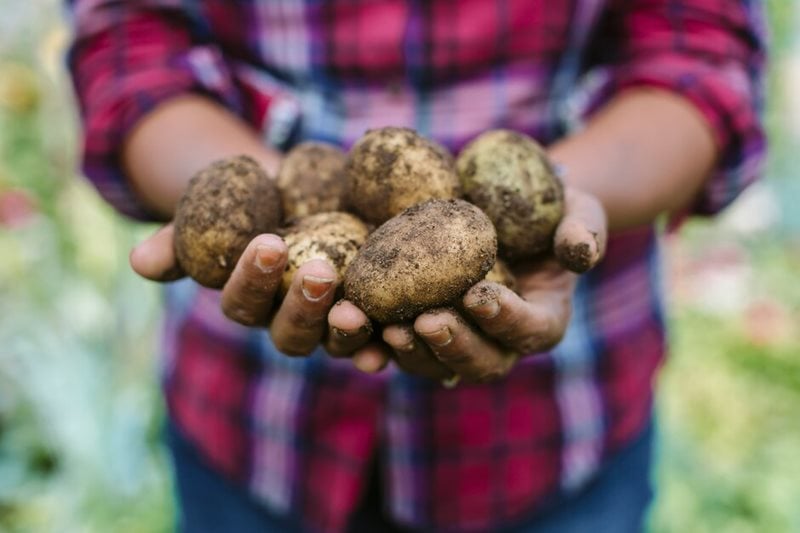
 Each year I really look forward to the first home-grown new potatoes. Freshly dug and cooked within hours with some mint and served with butter, their delicious flavour is hard to beat.
Each year I really look forward to the first home-grown new potatoes. Freshly dug and cooked within hours with some mint and served with butter, their delicious flavour is hard to beat.
One of the things about working at RHS Garden Wisley is that the lunchtime trips to the plant centre can be quite a temptation! I have to be careful as my plot simply isn’t big enough to fit everything I’d like to grow.
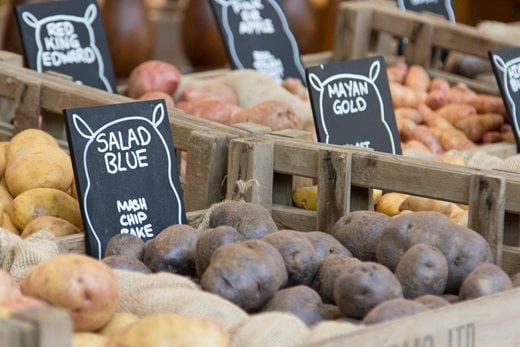 Which variety to grow?
Which variety to grow?
There is a huge range of potatoes available, so it is hard to choose just a few. I tend to stick to old favourites like Red Duke of York and Charlotte, but this year I’m determined to try something different, so I have some Mayan Rose and Blue Danube.
Last year’s wet summer meant that, like many others, my main crop potatoes were destroyed by potato blight. So this year I’m also going to try some of the Sarpo potatoes that have been developed by the Sarvari Trust and show good resistance to blight with the hope of getting a better crop. It’s best to buy your seed potatoes from a garden centre or online as they will be certified disease-free.
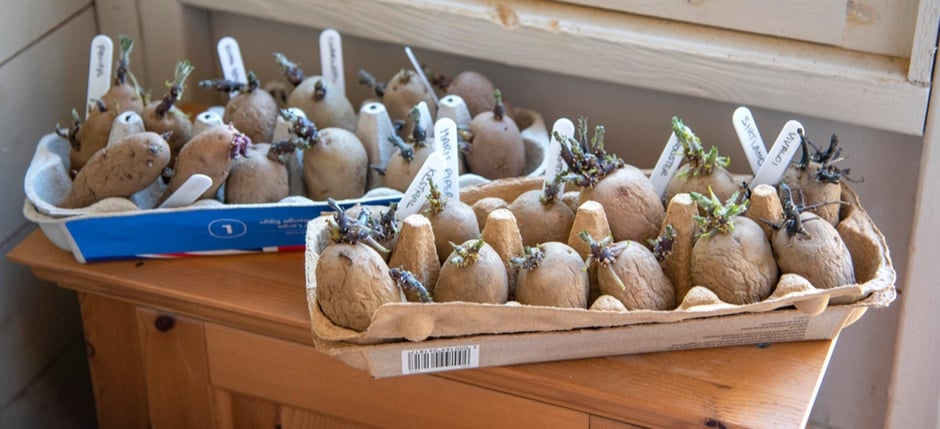
To chit or not to chit?
When I get them home the first thing I will do is set them out in egg boxes in a cool room to chit (sprout). You may wonder if this is really necessary – the answer is that it isn’t essential. However, chitting increases the ‘physiological age’ of the seed potato leading to quicker growth, earlier tuber formation, more rapid swelling of tubers and earlier maturity.
This early start to growth ensures there is plenty of foliage to take advantage of moist soils and long hours of bright sunshine in early summer, leading to a high yield of early potatoes and strong, early maturing plants for later crops. For maincrop varieties, early harvesting avoids slug and blight damage.
| |
Top tips!
|
| |
- Worried about blight? Grow 'Sarpo' varieties
- Chitting your potatoes gives earlier crops
- Leave just 4 shoots on chitted tubers
- Potatoes grow well in large pots
|
The standard advice is to rub all but the strongest four sprouts off for early potatoes. This is something I usually forget, but our potato guru Guy Barter tells me that with only a few strong shoots the tuber will use its energy to form new potatoes so I should get an early, better crop. I’m going to try hard to remember this year! There’s no need to rub any shoots off second early and maincrop potatoes.
When the sprouts are about 3cm (1in) long and the weather is suitable I’ll plant them out. Once the potatoes start growing we’re advised to earth them up and you may wonder if this extra work is worth the effort?
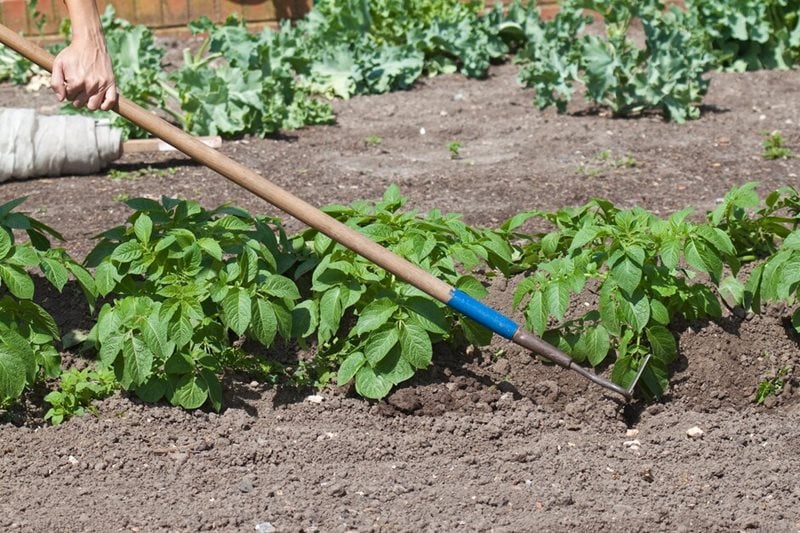
"Earthing up"
Earthing up simply means mounding soil or compost around the plants as they grow. It can help protect young growth from frost and also prevents tubers being exposed to sunlight and turning green (green tubers are poisonous). However it’s not thought to increase yields significantly. So no-dig gardeners can plant their potatoes under a layer of compost at about a trowel’s depth and not earth them up with no worry about loss of yield.
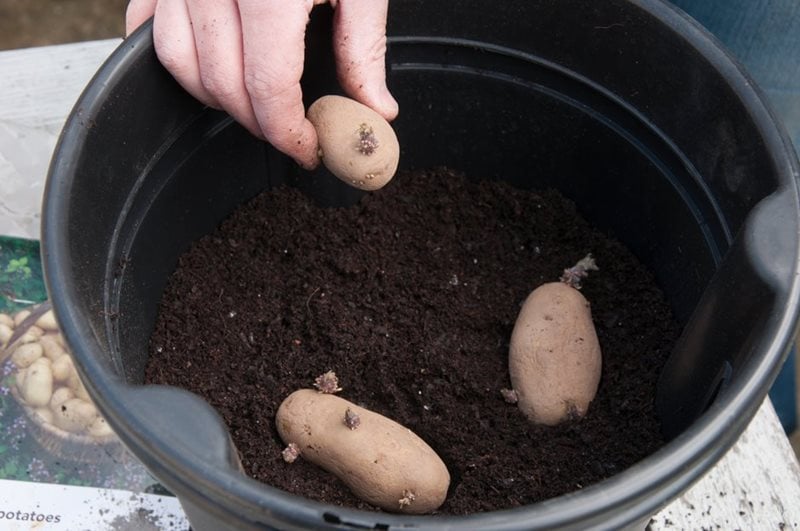 Potatoes in pots
Potatoes in pots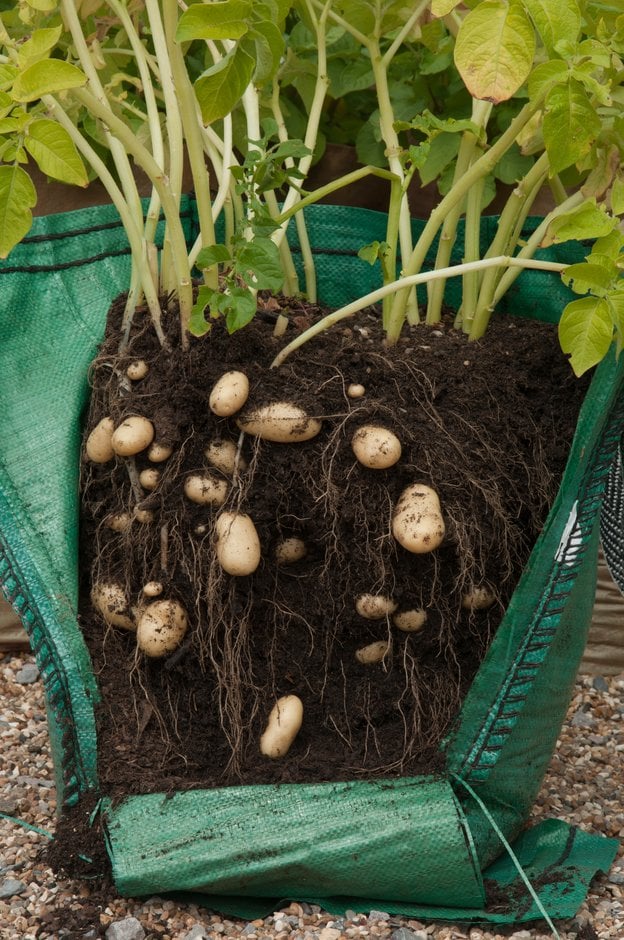
If you don’t have much outside space, potatoes grow well in containers and bags. Even old compost sacks will do.
An 8-10 litre container is big enough: I’m trying to buy less bagged compost so I’ll be filling mine with a mixture of garden soil, well-rotted manure or garden compost and some general-purpose fertiliser. They'll be away in no time.
Happy growing!
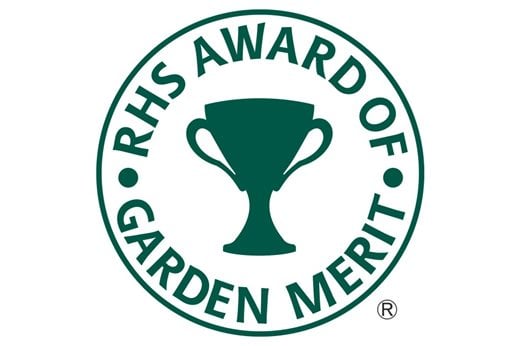 Pick of the crop
Pick of the crop
Look for the RHS Award of Garden Merit (AGM) when buying vegetable seed or small plants. You can also download the RHS lists of recommended cultivars.
About the author
Anne Adam – I’m a Horticultural Advisor at the RHS. In my spare time I enjoy looking after my allotment and garden. My job involves answering gardening queries from RHS members; whether they need to know how to prune a wisteria or what to plant in a shady spot, we are there to help.

